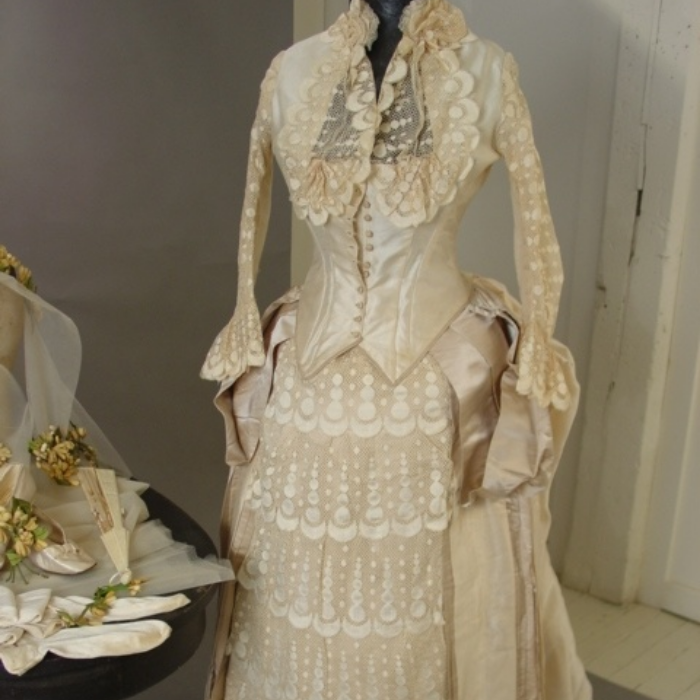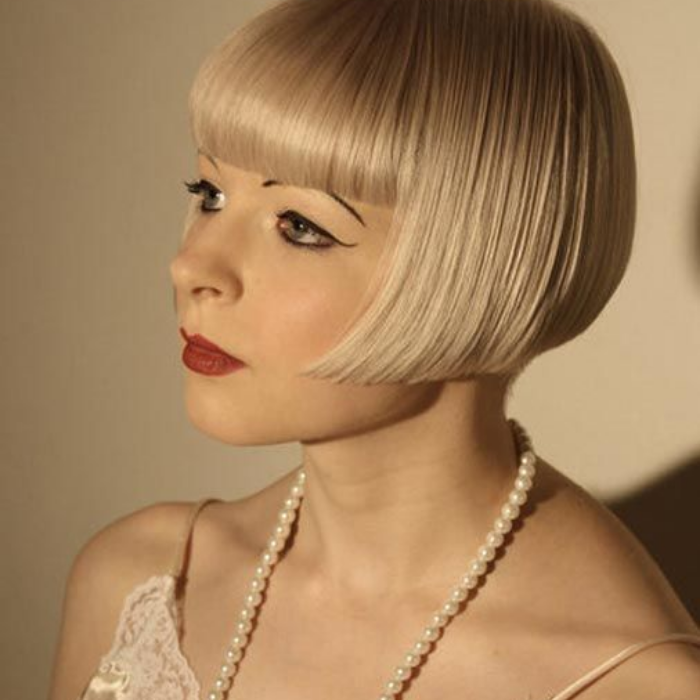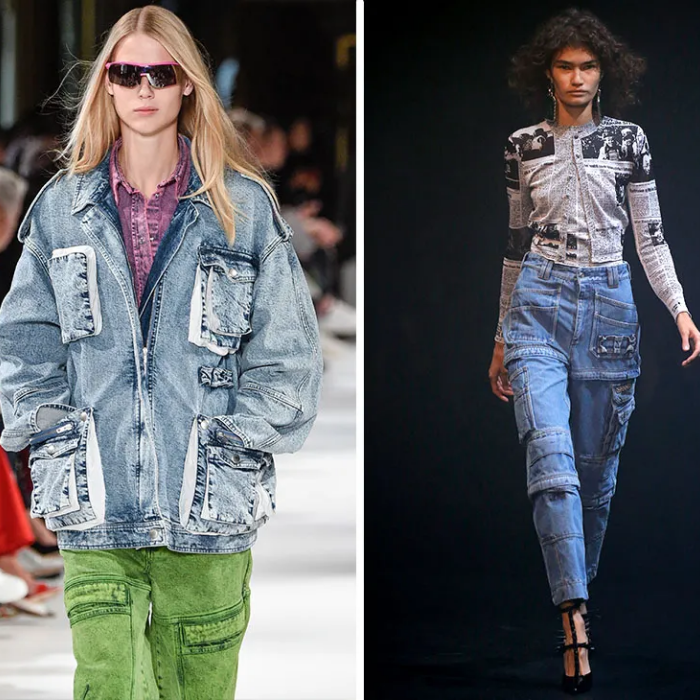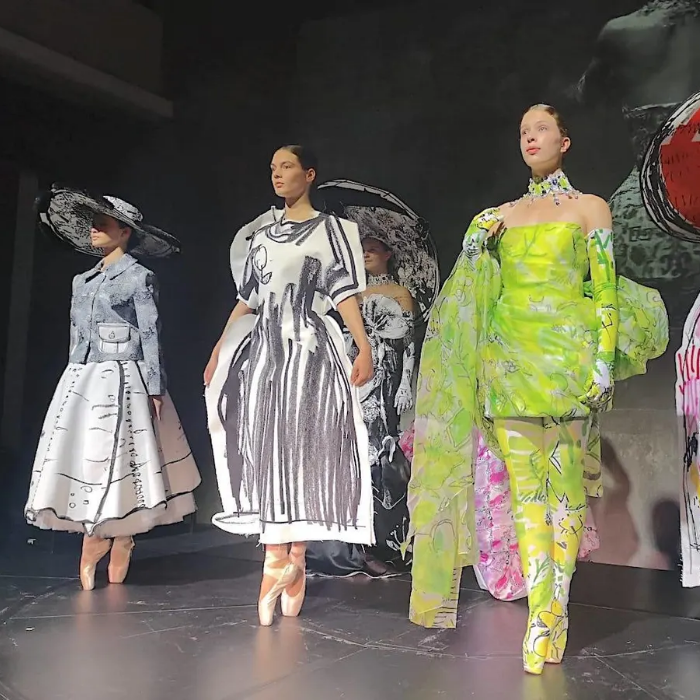Fashion is a dynamic expression of culture, innovation, and individuality—it’s more than simply clothes. Fashion has always served as a mirror reflecting the ideals, shifts, and desires of society, from the sumptuous creations of the Victorian era to the minimalist chic of contemporary streetwear. In this blog post, we’ll look at the evolution of fashion trends and some major trends and styles that have influenced the business over time.
1. The Victorian era: splendor and refinement

The elaborate, formal attire of the Victorian era (1837–1901) was its defining characteristic. Men wore three-piece suits with waistcoats, and women wore billowy skirts held up by petticoats or crinolines—textiles such as brocade, velvet, and silk.
2. The Roaring Twenties: the emergence of contemporary style

The 1920s brought about a radical shift in fashion. With its loose cut and fringes, the flapper dress came to represent the era’s exuberance and independence. Women in this decade wore shorter hemlines, chopped their hair short, and adopted a more androgynous silhouette. The Jazz Age had a big impact on fashion, giving it a more adventurous and fun feel.
3. The 1960s: a decade marked by rebellion and innovation

The 1960s saw significant social and cultural transformation, which was reflected in the audacious experimentation of the fashion industry. Bright colors, straight lines, and geometric patterns were all introduced by the mod movement. designers like as Mary.
4. The 1980s: Bold Statements and Power Dressing

It was all about making a statement in the 1980s. Shoulder pads, vivid colors, and larger silhouettes dominated the fashion landscape as power dressing gained popularity. Fashion designers like Giorgio Armani and Jean-Paul Gaultier challenged conventional norms by crafting ensembles that radiated strength and confidence.
5. The quick fashion trend of the 2000s

Fast fashion gained popularity at the turn of 2000 when stores like Zara and H&M made stylish apparel more widely available. Casual fashions, such as jeans, graphic tees, and items with prominent logos, defined the 2000s. The rise of internet purchasing during this time also altered people’s perspectives on fashion.
6. Present-Day Fashion: Eco-Friendliness and Diversity

Fashion has shifted in recent years to emphasize diversity and sustainability. Designers are currently paying attention to eco-friendly materials and ethical production methods. With a rising emphasis on size, racial, and gender inclusivity in runway shows and advertising, the fashion industry is also leading the way in embracing diversity.
In summary
The art form of fashion is ever-changing, reflecting and influencing our world. Every era has something to the complex tapestry of style that we witness today, from the elegance of the Victorian era to the focus on sustainability today. It will be fascinating to observe how fashion keeps innovating and inspiring while always remaining one step ahead of the curve in the future.
Photo credit Pinterest
Recommend0 recommendationsPublished in Uncategorized


